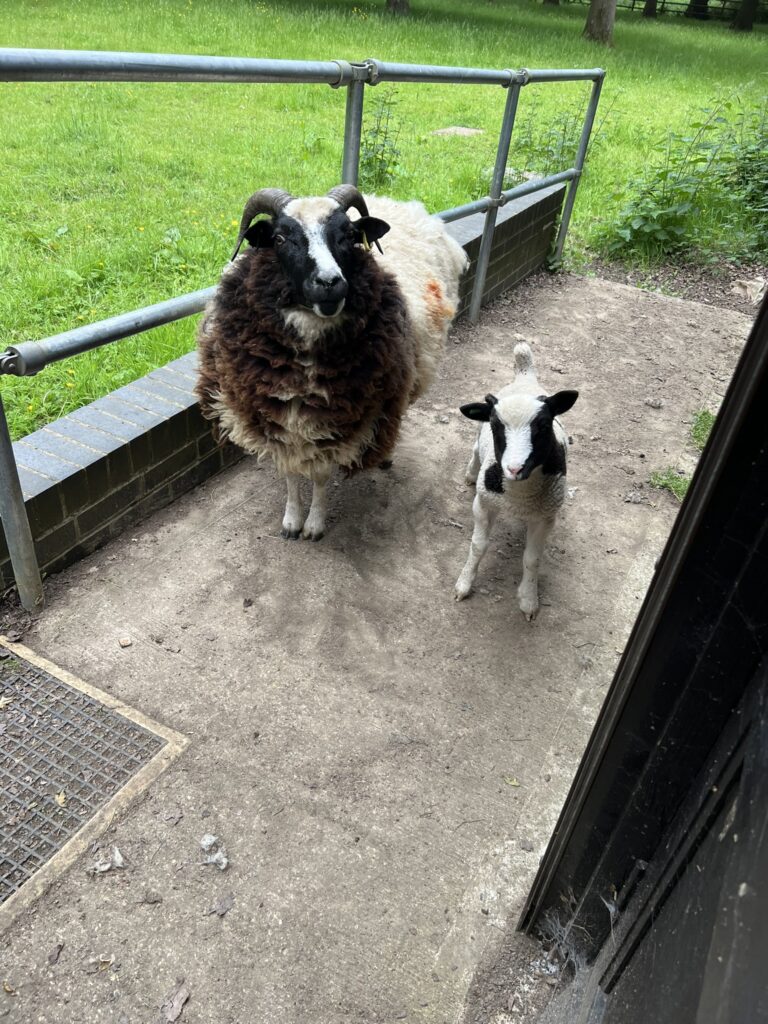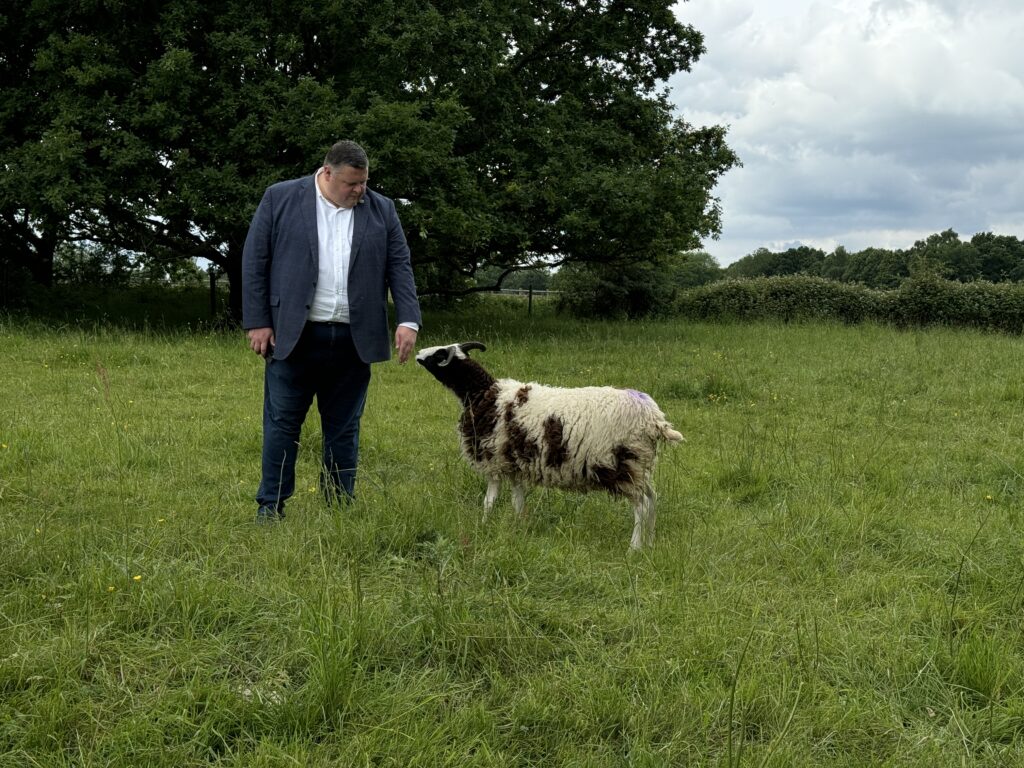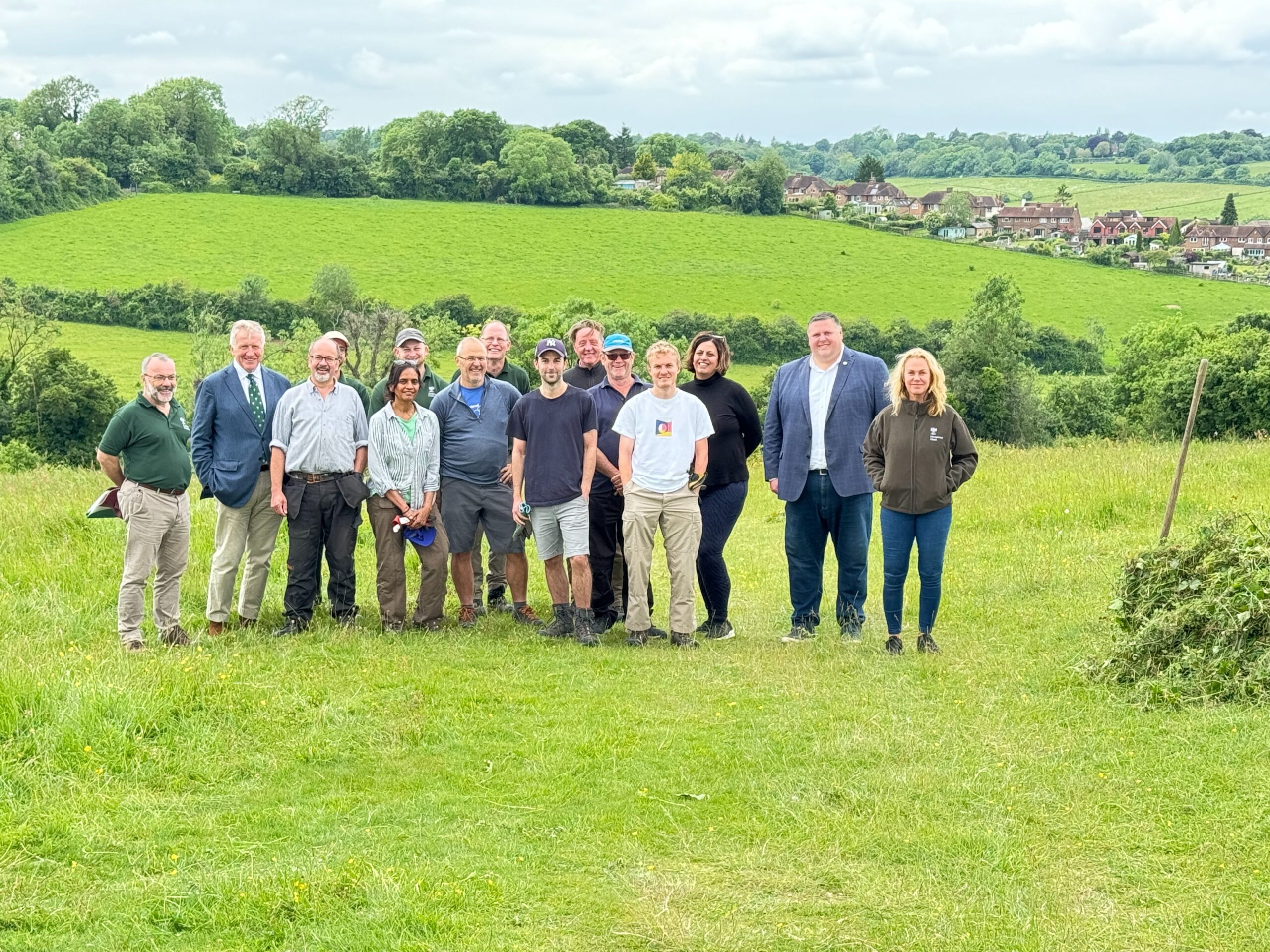This week the Epping Forest and the Commons Committee have been delighted to visit a collection of our open spaces known as part of the ‘City Commons‘ or the Coulsdon and Other Commons charity.

We started our visit in Kenley Common in the London Borough of Croydon, which is adjoined to RAF Kenley. The City of London Corporation purchased 347 acres at Kenley Common in 1883 as public recreation space. However, on 17th November 1921, an agreement was reached between the UK Air Council and the City of London, allowing the RAF to acquire part of the Common Land that constituted the aerodrome on the proviso that no buildings could be erected and that it had to be returned when the RAF no longer needed it. The Ministry of Defence continue to work closely with the City of London Corporation on the maintenance of the site today, which remains a working RAF base hosting 615 Volunteer Gliding Squadron (VGS).
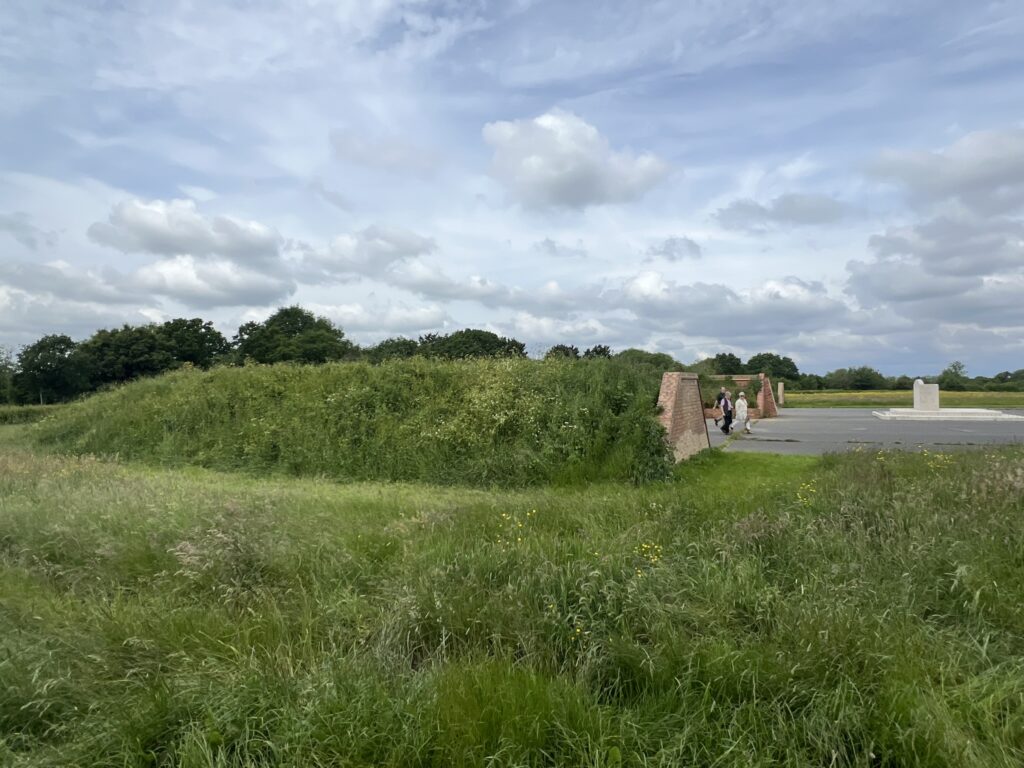
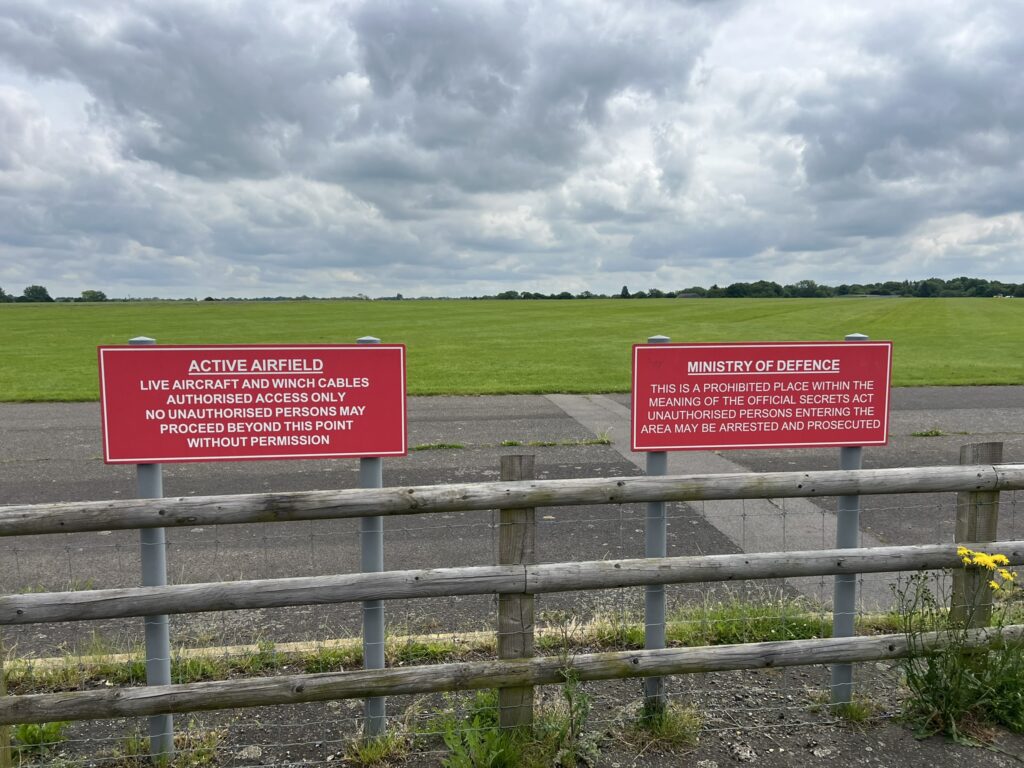
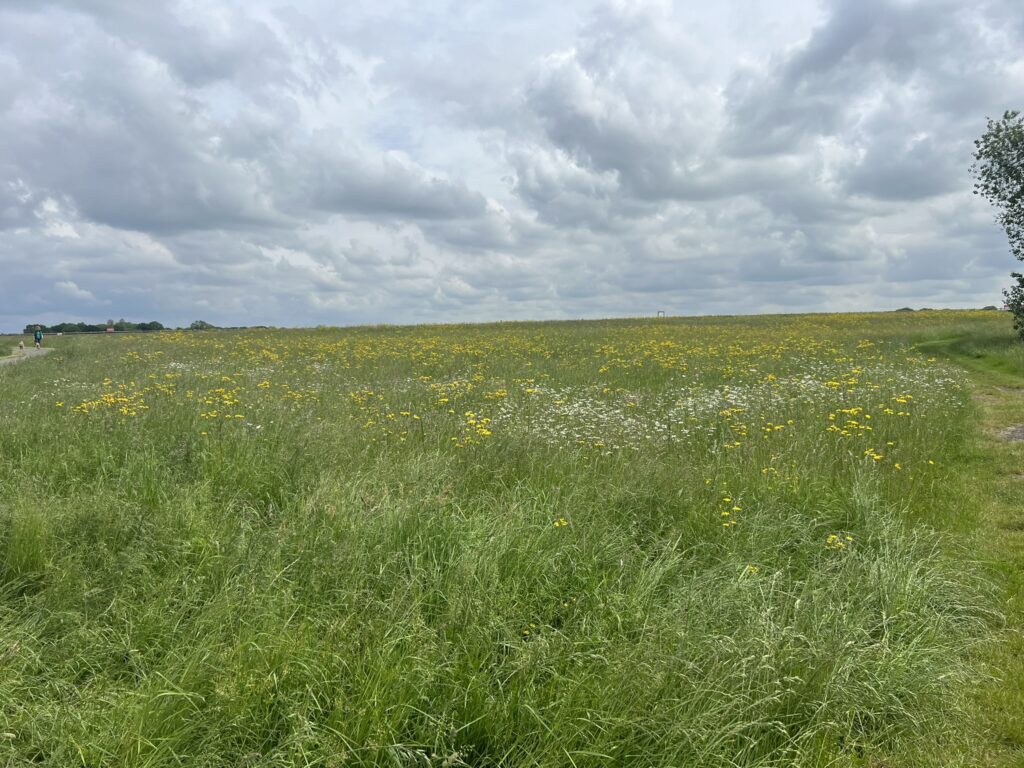
During the Second World War RAF Kenley was one of the three main fighter stations responsible for the air defence of London. During the Battle of Britain, these three RAF stations became prominent because of their role in defending against the German Luftwaffe. Therefore, visiting this site in the week we commemorate the 80th Anniversary of D-Day was particularly special.

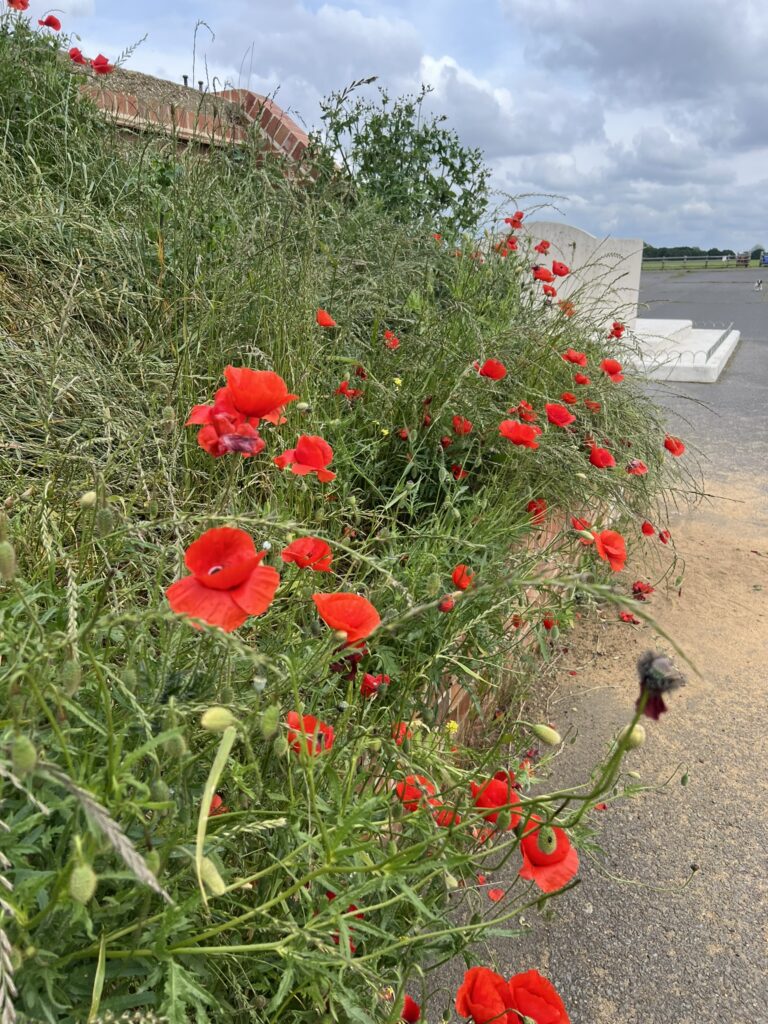
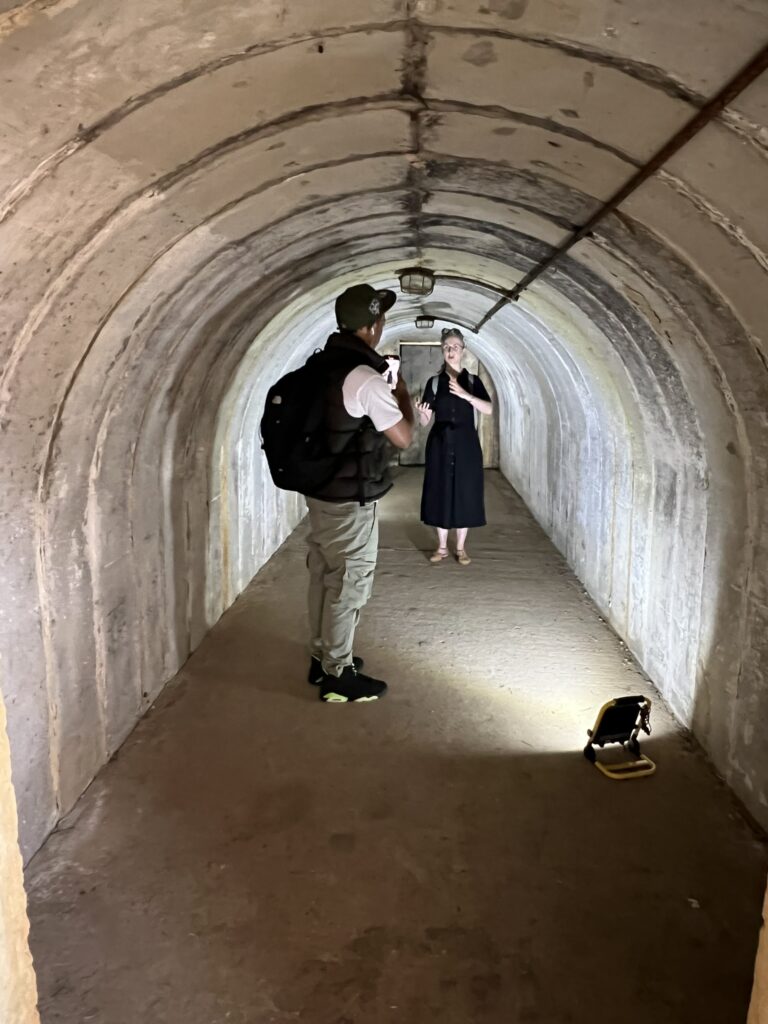
The Epping Forest and Commons Committee has worked closely with the Ministry of Defence, Historic England, the National Lottery and local stakeholders and volunteers to protect and rebuild some of the key elements of Kenley as it was during the Second World War. It was wonderful to see the Blast Pens which protected the aircraft and offered shelter to those working at the base covered in flowering poppies. This site is the most intact fighter airfield associated with the Battle of Britain and has been listed by Natural England as one of the youngest scheduled ancients monuments in the country.
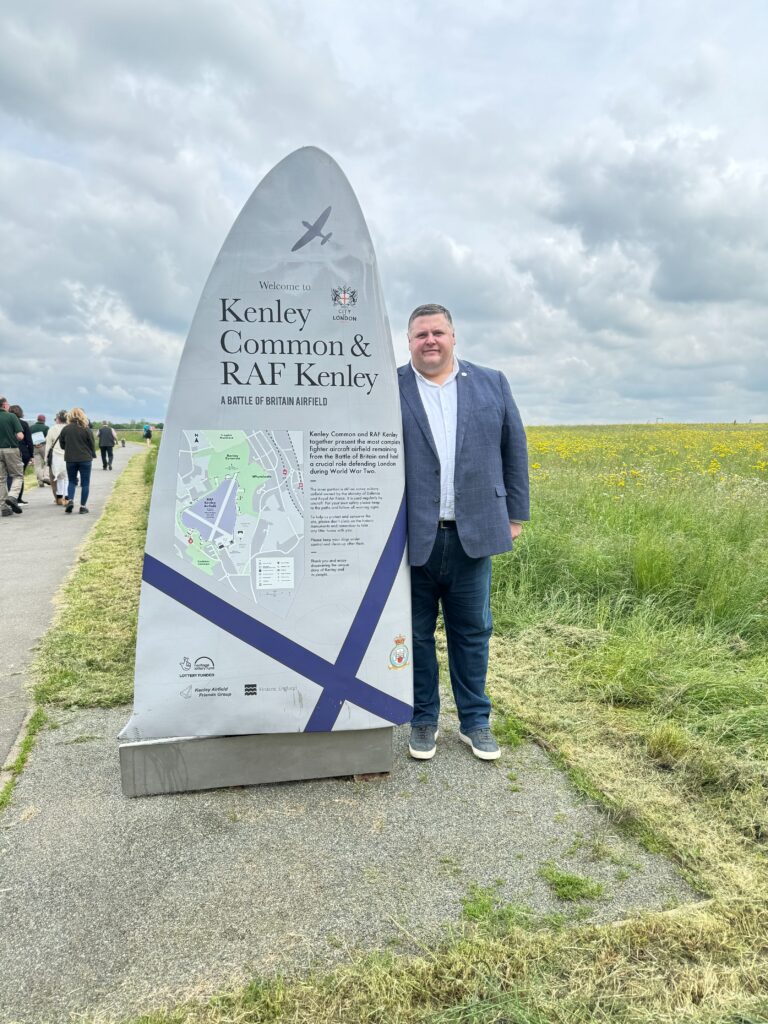
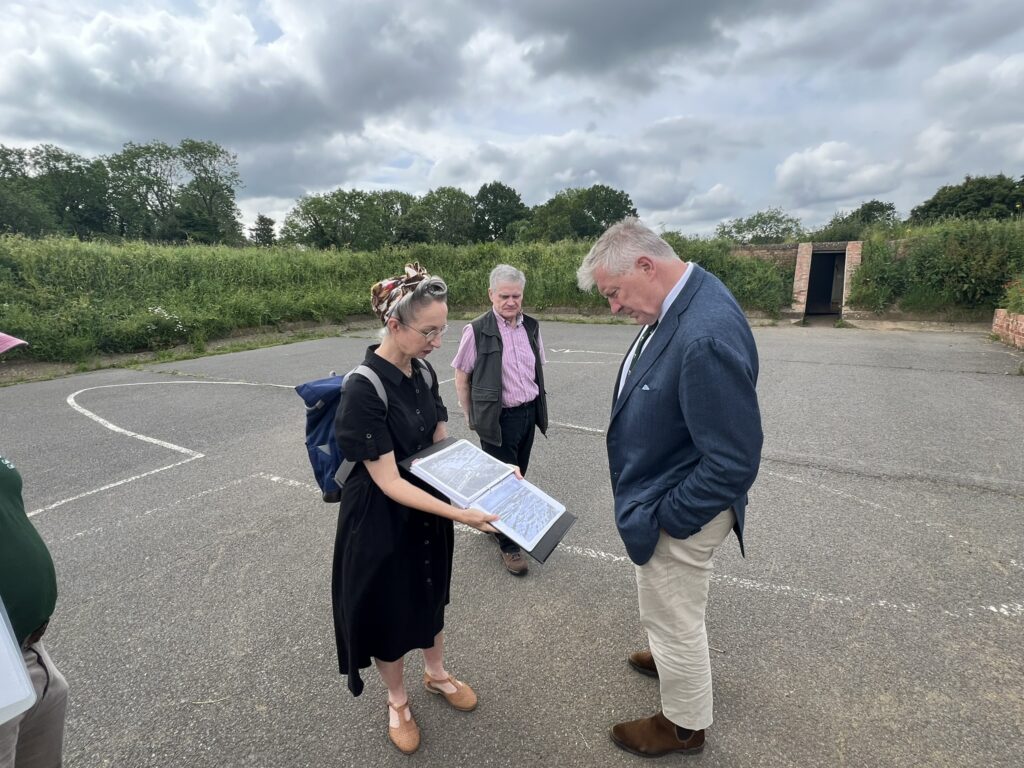
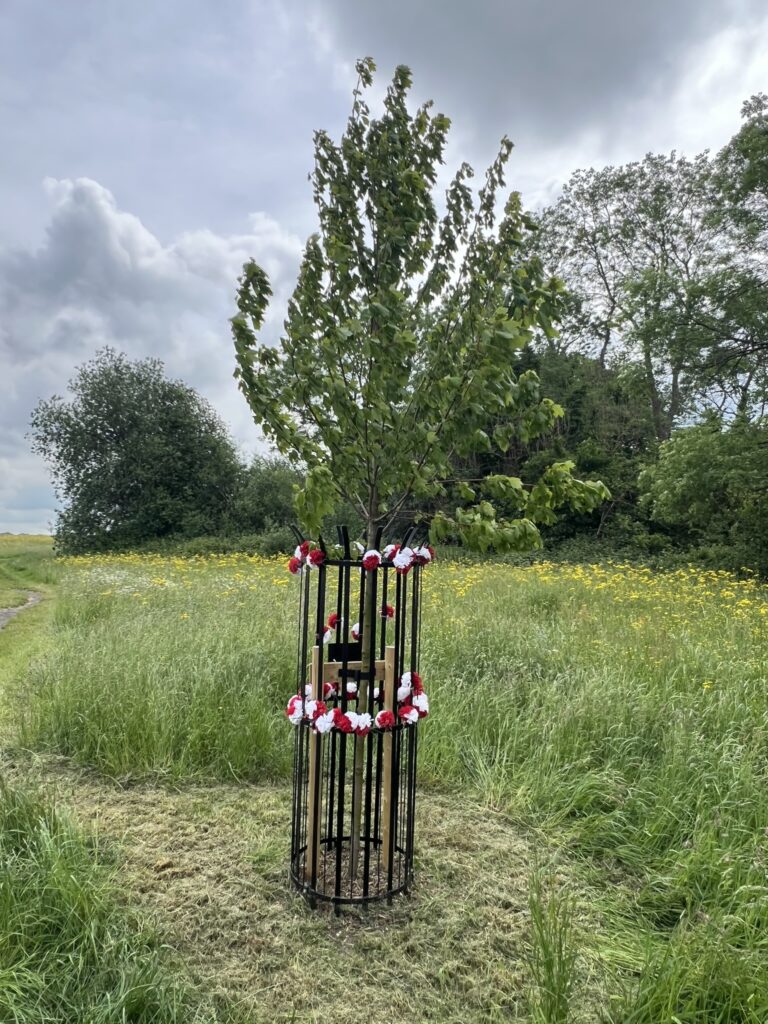
We also managed to check on the maple tree, planted recently to commemorate the Royal Canadian Air Force’s Centenary. Approximately one third of all of the service personnel lost at Kenley were Canadian.
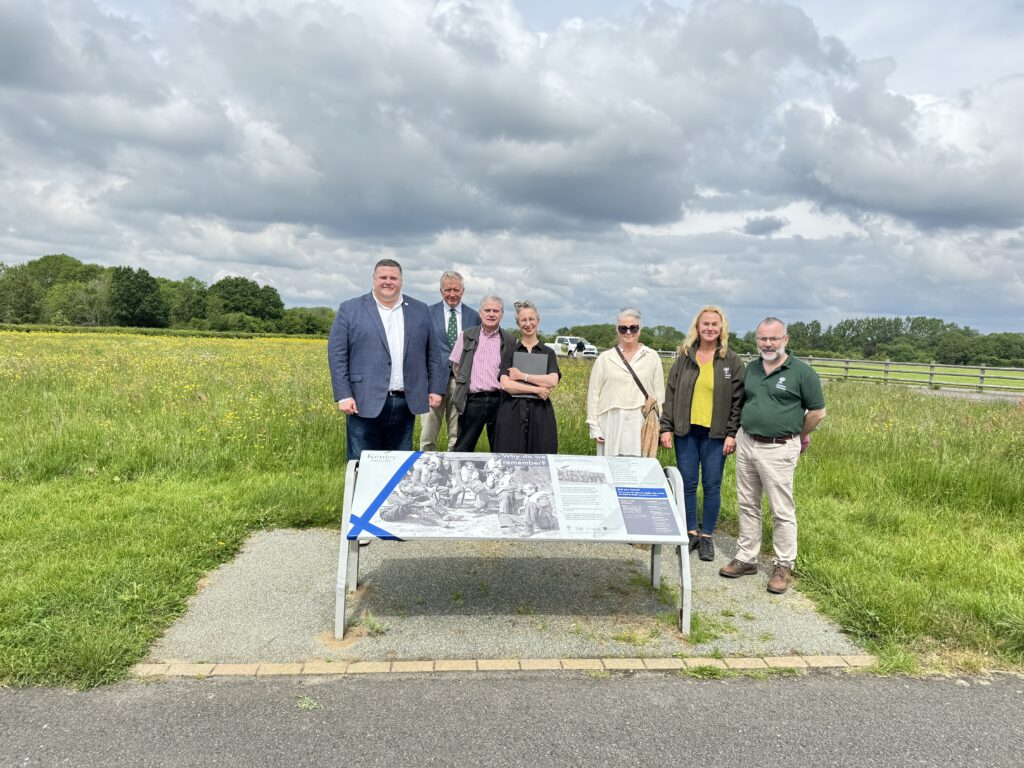
This week is also UK Volunteer Week, so it was wonderful to spend some time with Linda Duffield and her team of loyal volunteers keeping the legacy of RAF Kenley alive. The detailed archiving of historic artefacts, photographs and memories have been built into a website which is available here – they really are doing a terrific job.
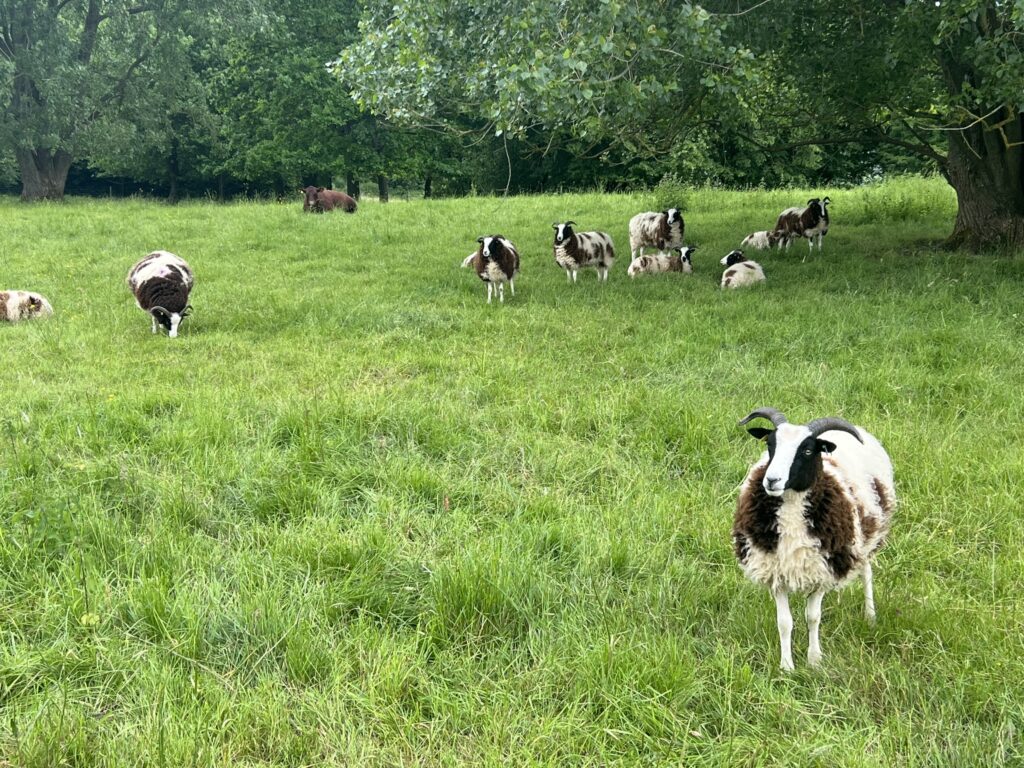
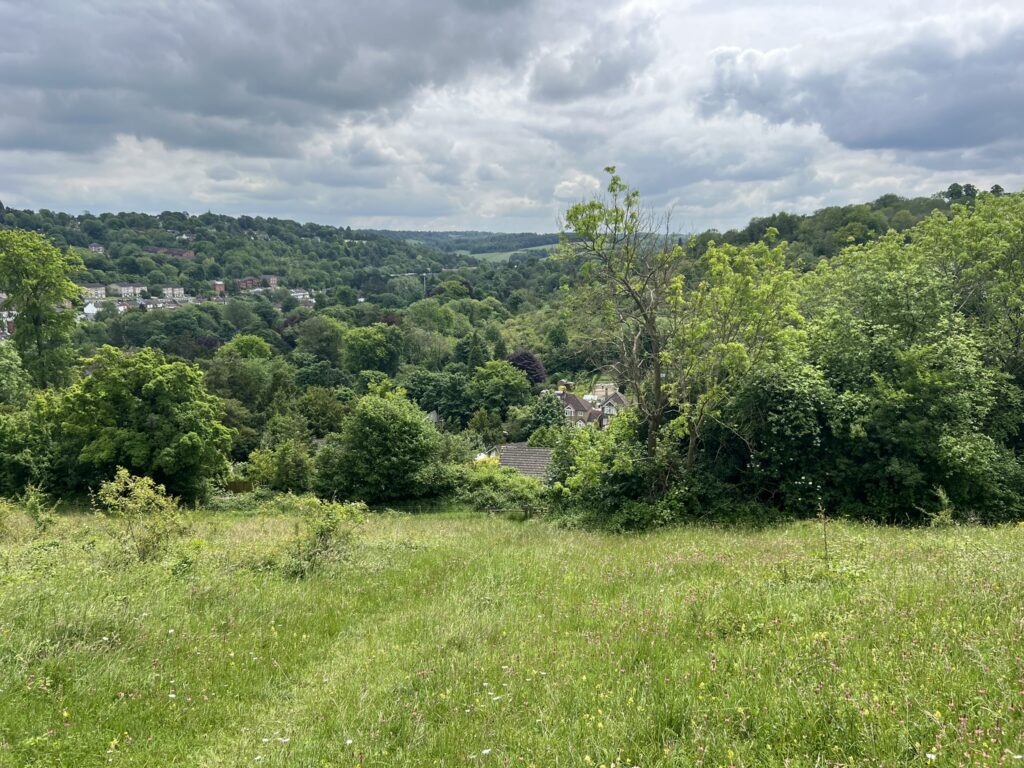
Whilst the airfield side of Kenley is predominantly now covered in wildflower meadows, it is a well visited site from dog walkers to cyclists to historical enthusiasts. As a Committee, we are keen to exploring opportunities to better facilitate so many visitors and some of the things we are considering is whether we could house a café with some indoor education space or a small museum. Local volunteers have told us it’s hard to support school visits as there is no space to shelter from the weather or any toilets.
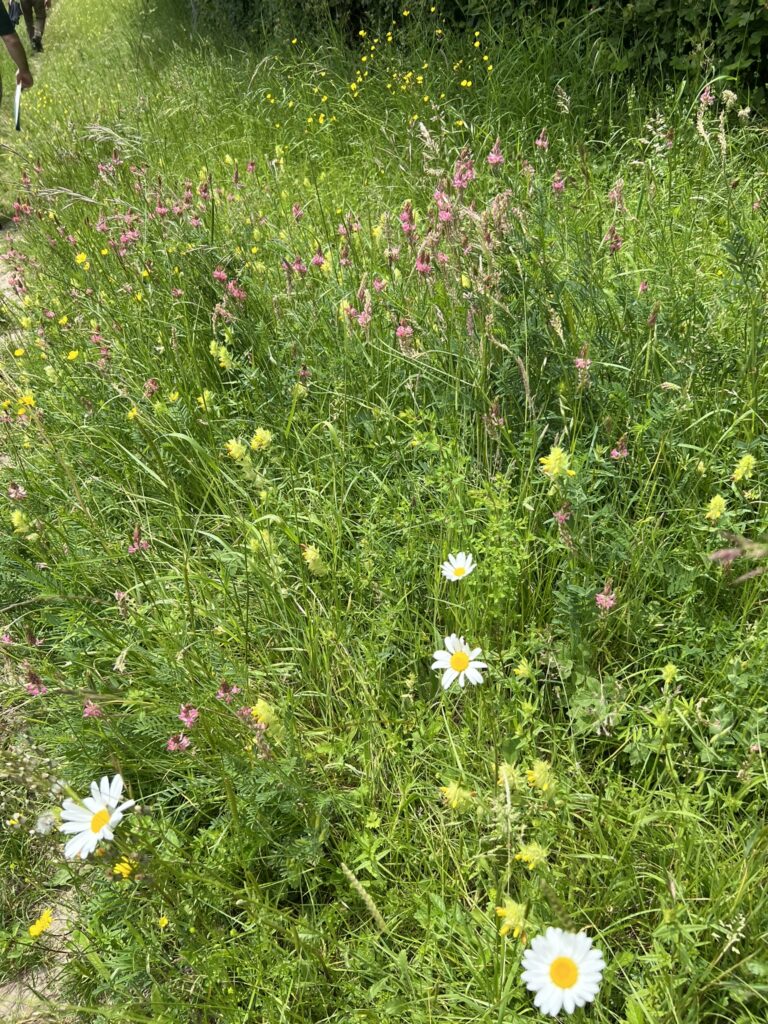
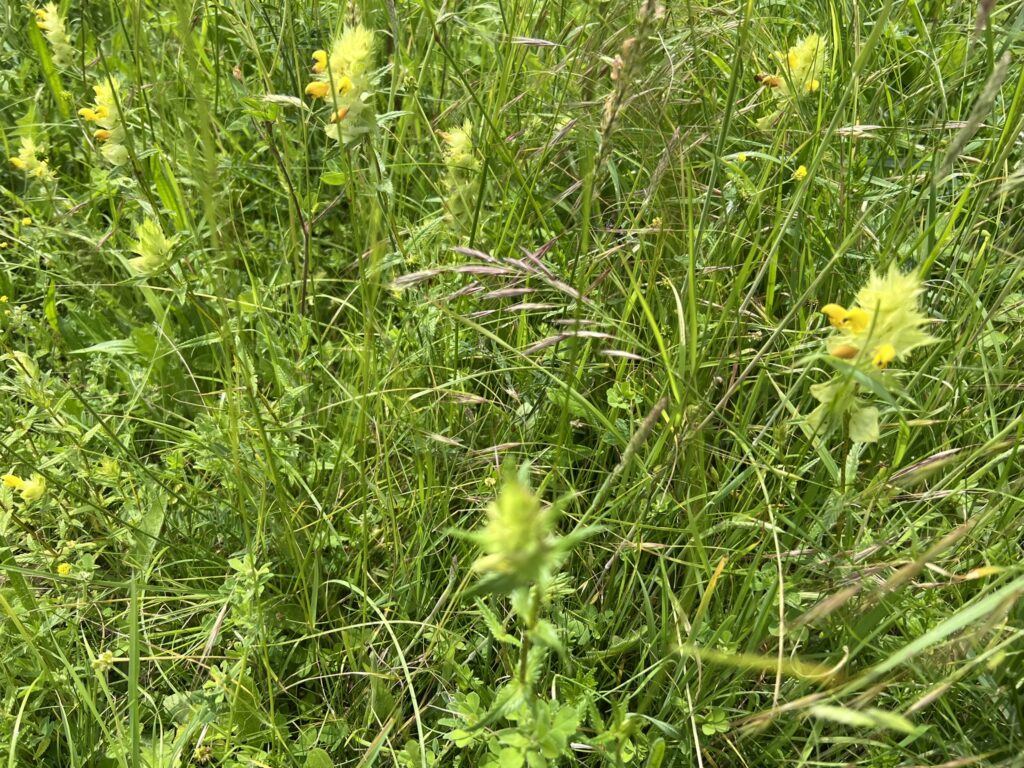
The other half of Kenley Common sits on acres of stunning chalk grassland and traditionally-managed coppice. It benefits from the support of some of our heard of cattle and sheep to maintain its rich conservation properties. The rolling hills of meadows feed down into a valley which is filled with richly diverse collections of wildflowers – it is estimated each square meter includes up to 1,000 different types of plant life.
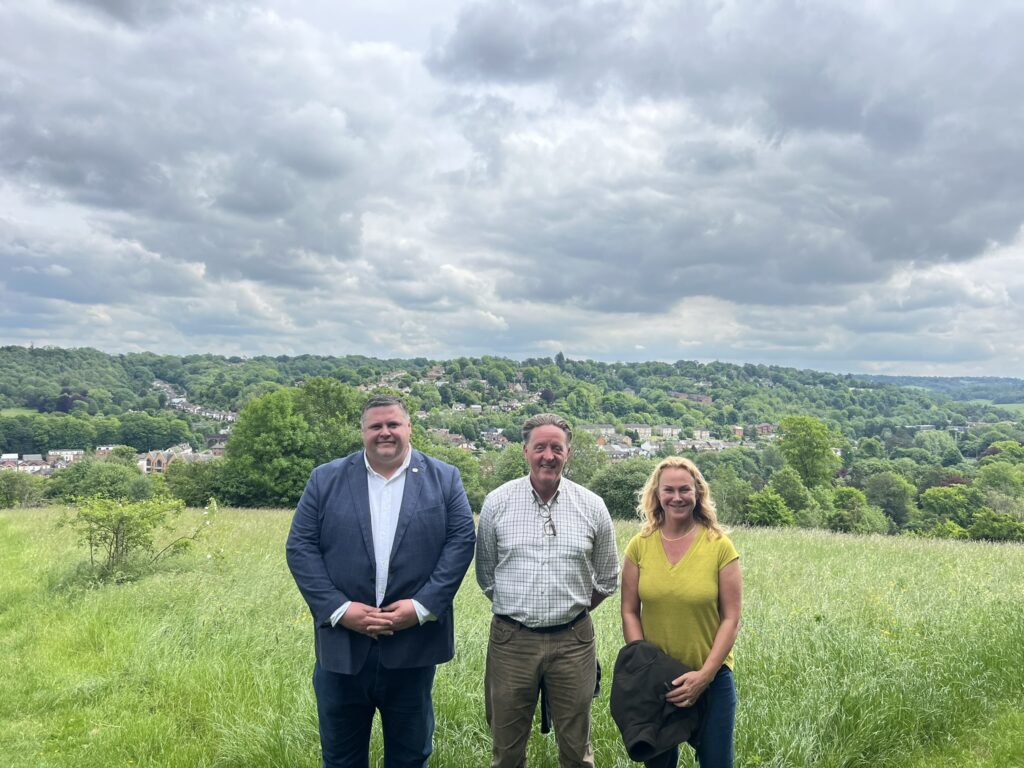
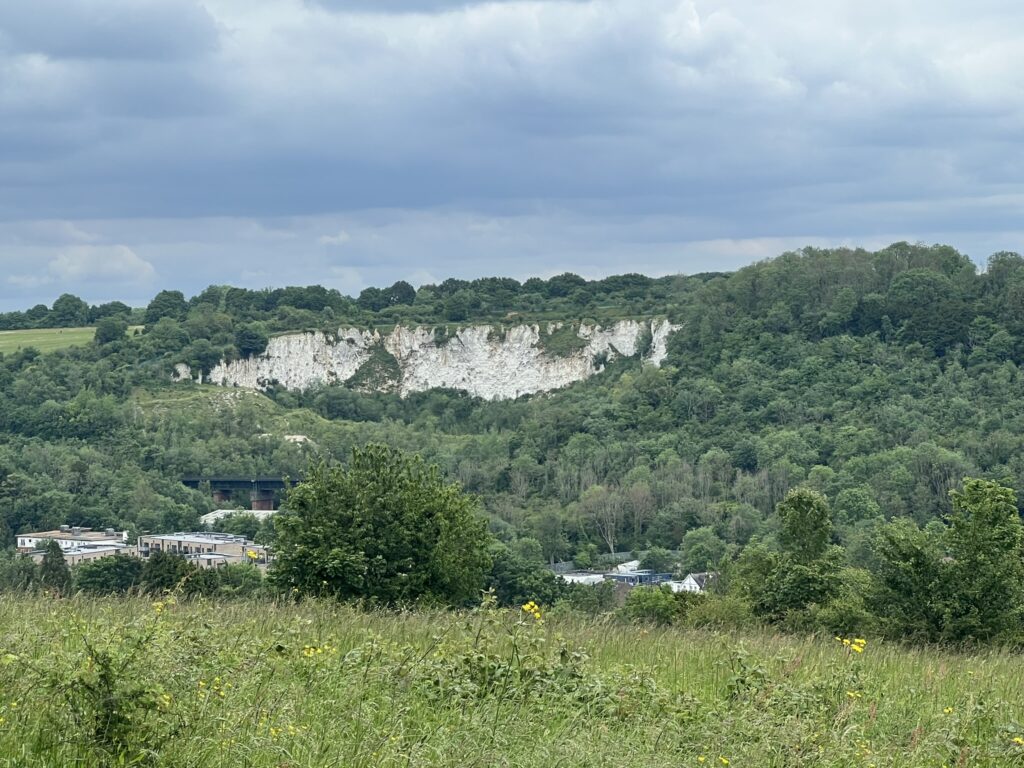
From the top of the hill we also got to see the Riddlesdown Quarry, which looks somewhat similar to a mini white cliffs of Dover. Our team have worked hard to manage this area over the past 14 years or so to keep clearing the scrub to allow the meadow to thrive, mostly uninterrupted by humans.
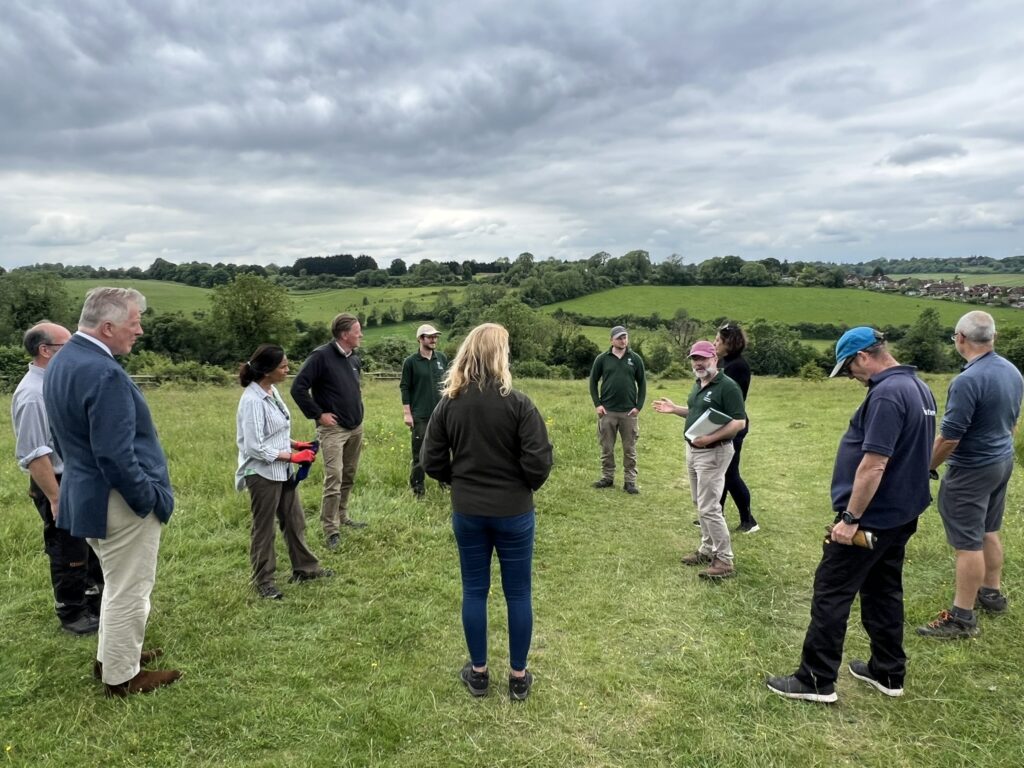
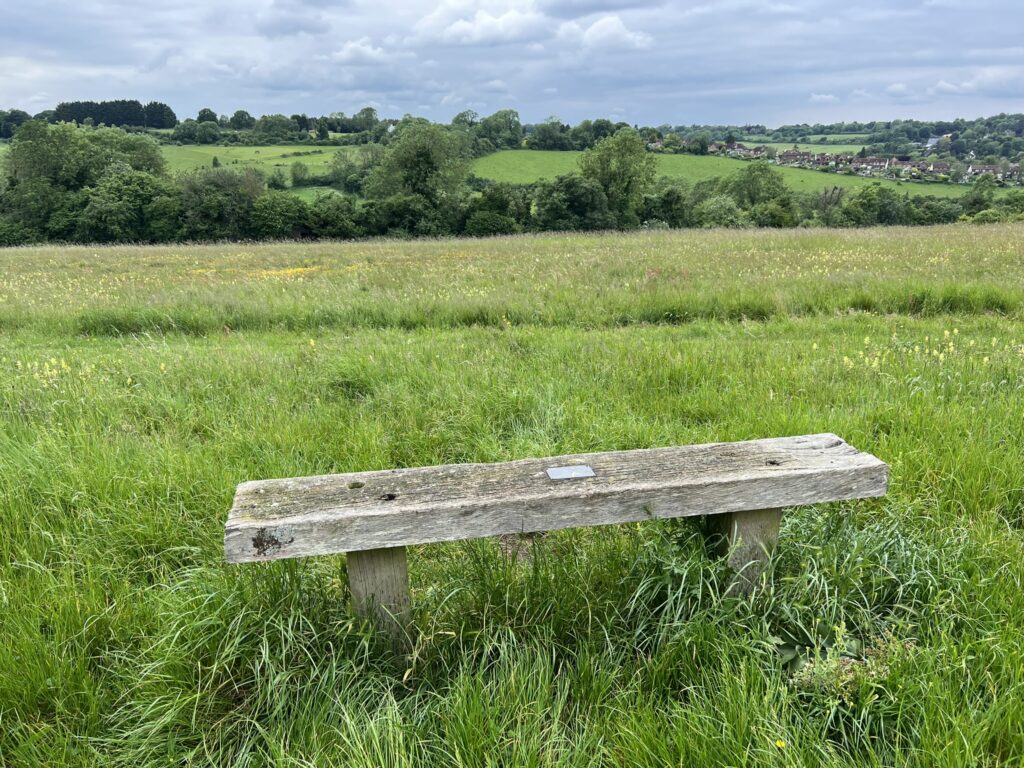
Our next stop was Farthing Downs which is 235 acres and forms part of the South London Downs National Nature Reserve, which is the second largest in London. It is also a Site of Special Scientific Interest and a Scheduled Monument. The Conservation team talked us through some of the projects they have been overseeing to help this site thrive.
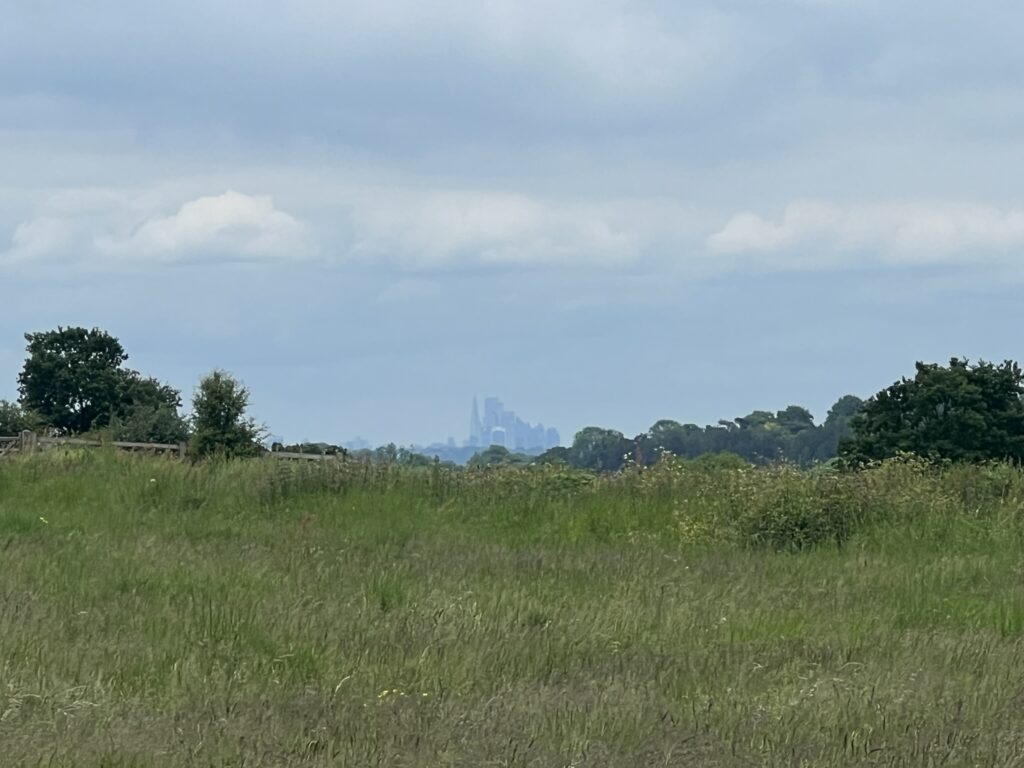
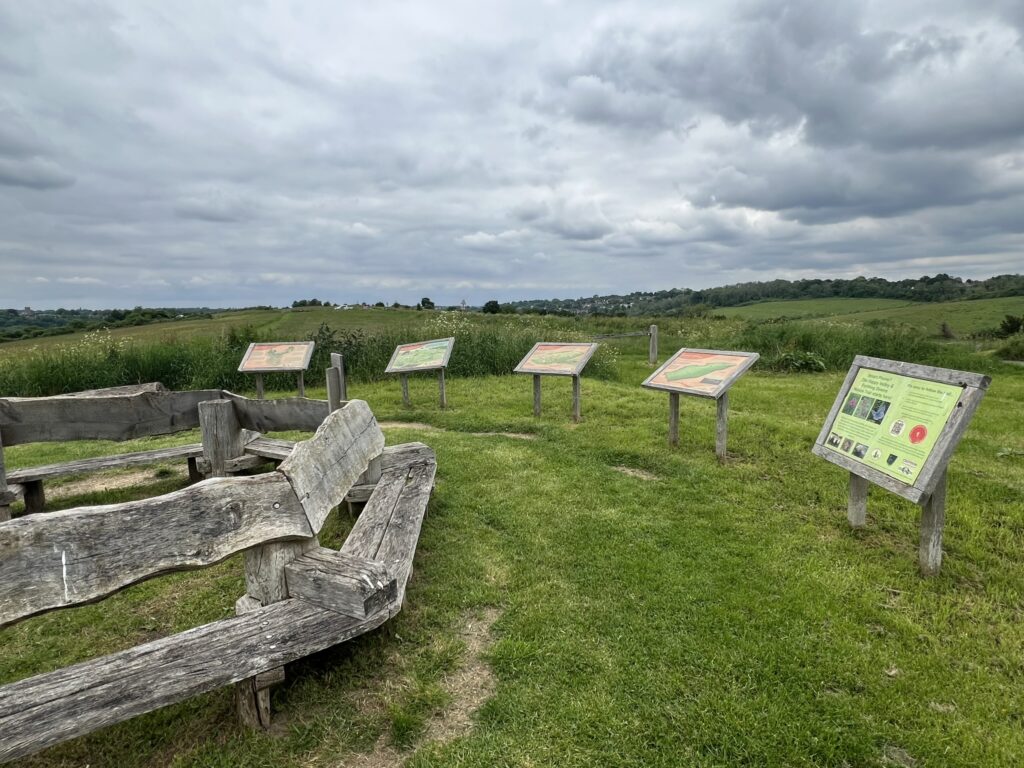
It offers some impressive panoramic views of the City of London’s skyline. Situated at the tip of the North Downs on the edge of London and Surrey, this chalk spur is home to an array of birds, butterflies and wildflowers; combined with neighbouring Happy Valley, Farthing Downs has the most extensive population of greater yellow-rattle in London which can be seen among brightly coloured orchids, bedstraws and scabious in spring and summer.
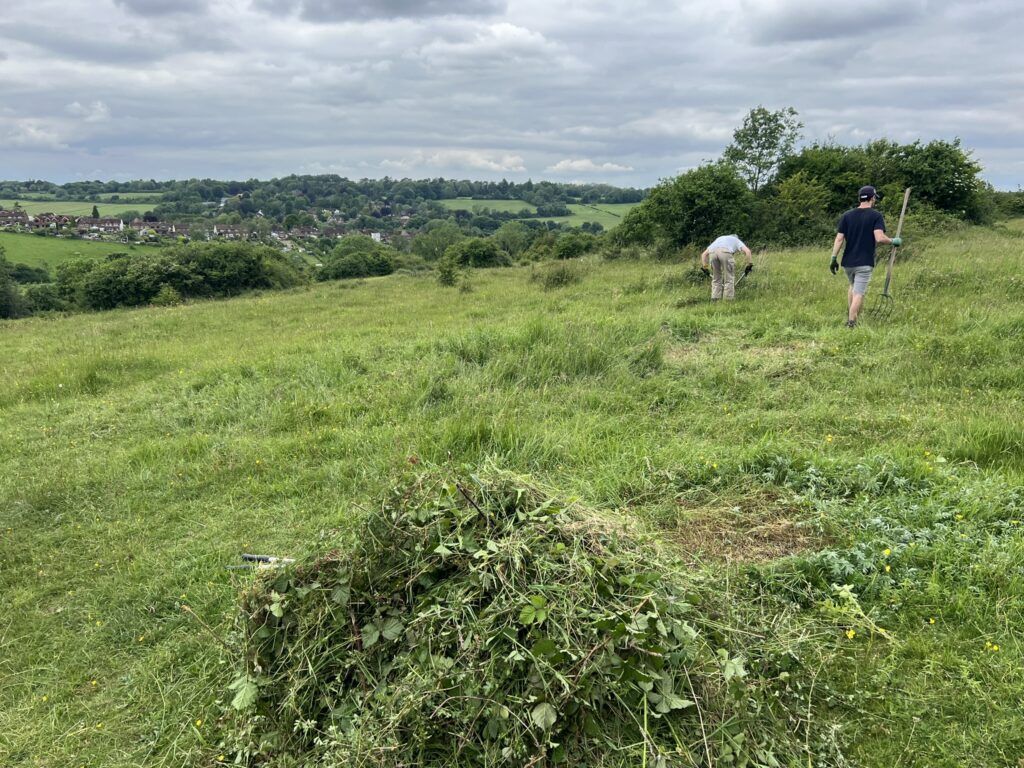
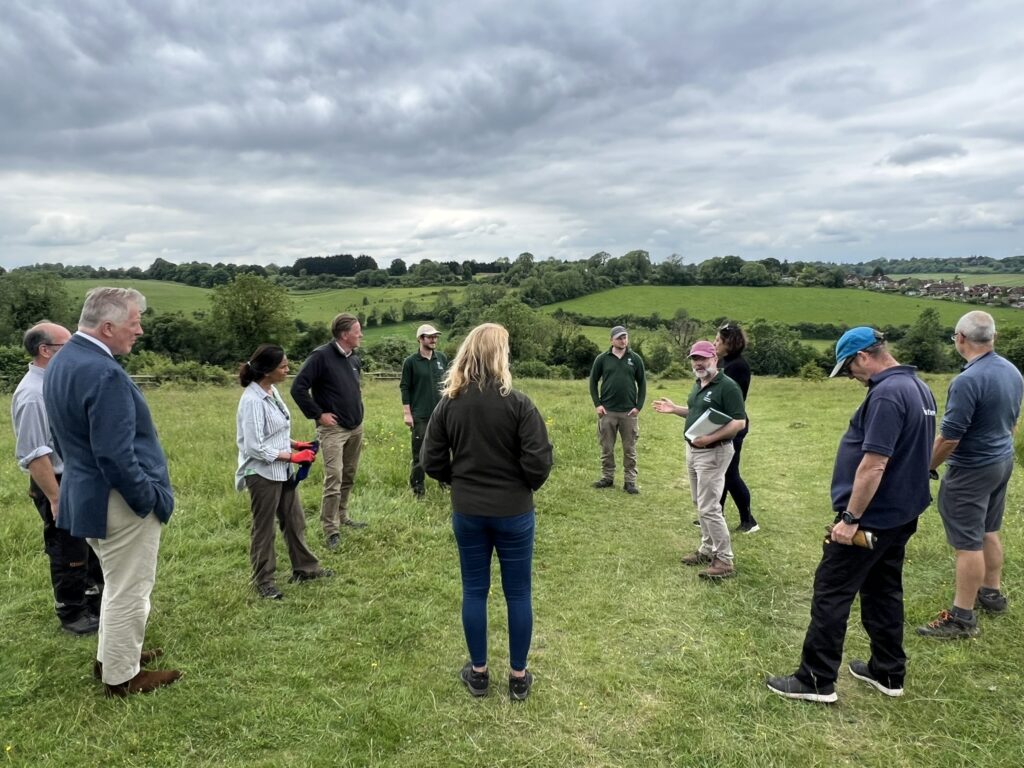
We were lucky to spend some time with another group of conservation volunteers who live locally and enjoy getting out and helping their community. It was great to hear how complimentary they were about our staff and how hard they work. It was also interesting to listen to their feedback that we need to do more to promote the charity rather than just the City of London branding. That’s something our in-flight Charities Review is looking carefully at, but it was their firm belief that to get more engagement with local people, we should educate them more about the fact these sites are managed as charities which need more local support.
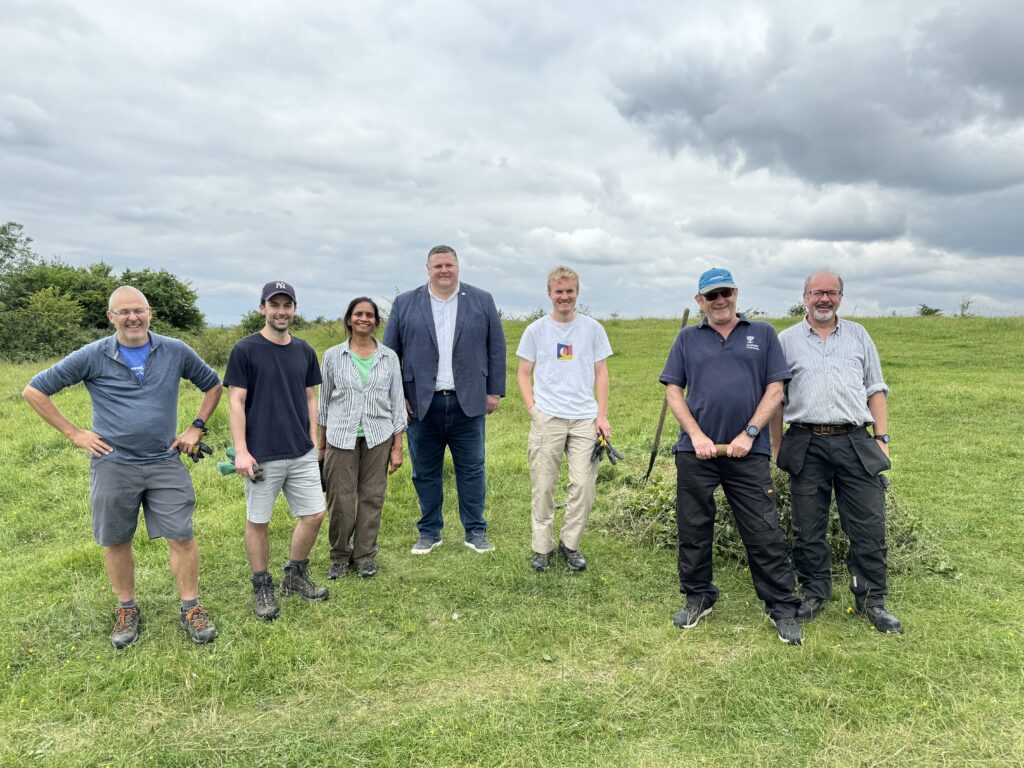
We then headed back to our offices, works unit and education centre to spend some time with the local staff, sharing ideas and plans for the future. I received an unexpected visit from a very friendly ewe and her lamb. Unfortunately, she had been suffering with mastitis, so had been moved to a field outside the office to recover where the team could keep a close eye on them both.
